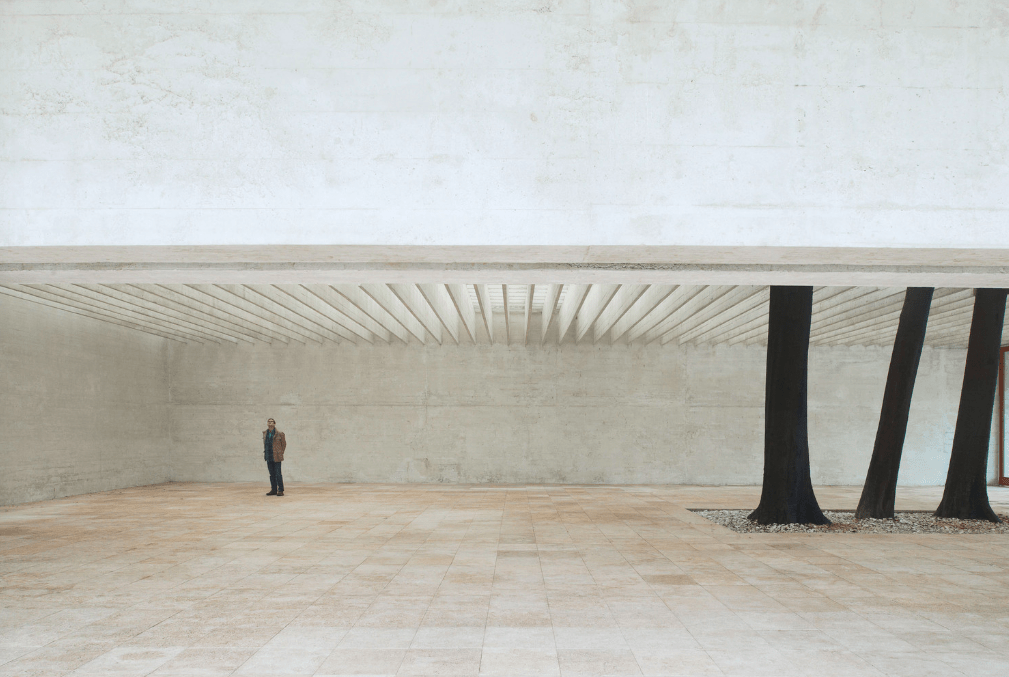
7 Principles of Nordic Design
Nordic design is not a style or a trend, although there are many versions that appear that way. It is based on fundamental underlying principles that reflect the North’s culture and climate.
Architecture both reflects and compliments the culture that creates it.
Norwegian Architectural Theorist Christian Nordberg-Schulz was the first to define a specifically Nordic architectural identity in his book Nightlands. By his definition Nordic Modernism is freedom from stylistic dogma of the past and return to basic principles that combine openness & dynamism with an identity of place and sense of home.
These are the 7 basic principles of Nordic design and culture.
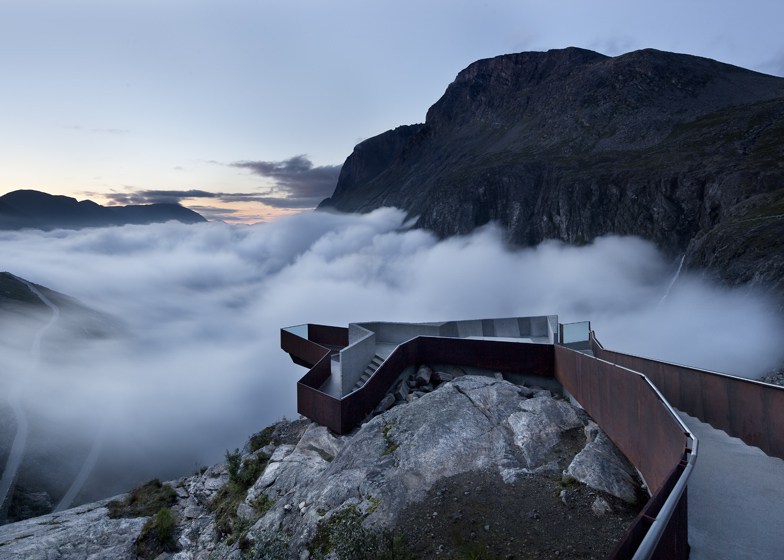
Atmosphere: Trollstigen Rest Stop, Norway. Photographed by diephotodesigner.
Atmosphere
In Southern Europe there is a clear distinction between day and night. The sun is either on or off, like a light. And when it is on it is directly overhead for most of the day creating a constant, stable lighting condition and sense of space. This strong overhead light casts sharp shadows that compliment the iconic forms of classical architecture.
In the North for much of the year there is continuous twilight where the sun’s oblique angles create a moody, shifting light. The light creates space that has no distinct boundary or clear form. It is incomplete and experiential.
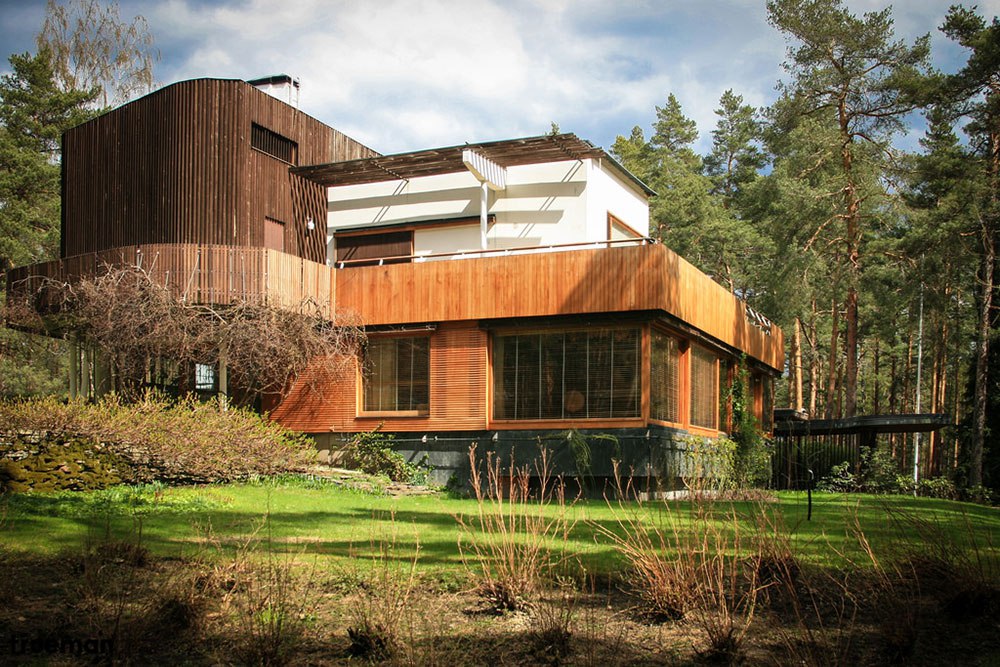
Mutability: Villa Mairea by Alvar Aalto, Finland. Photographed by ÅKE E:SON LINDMAN
Mutability
In the Nordic countries the lighting conditions and the weather are constantly changing. The weather is unstable, unpredictable and dynamic compared to the South.
In Norwegian the word for weather is “vær” and the verb “å være” means “to be.” Therefore the whole notion of existence is “to be in a changing, shifting, unpredictable world” (CNS). It creates in the people a sense of openness along with a rejection of a single dogma or style. In the North you are never sure what the day may bring and so it is important to be prepared. As the saying goes “There is no bad weather, only bad clothing.”
This openness, flexibility and preparedness seems to me to be so well suited to our current 21st century culture of rapid innovation, population migration and climate change.
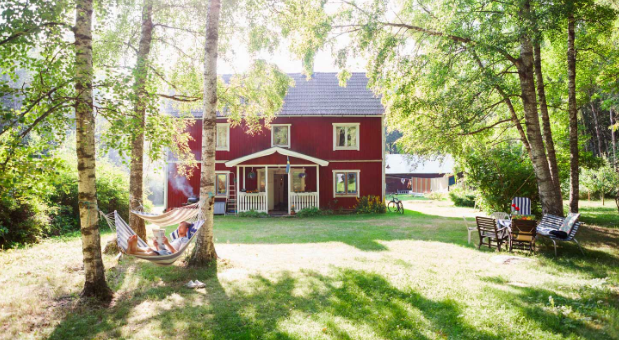
Domesticity: Scandinavian home in the forest
Domesticity
The sense of comfort, wellbeing and refuge is strong in the Nordic countries and the architecture uses “forms that do not threaten, but invite.”
The word “rom,” meaning space or room, evolved from the word “rydning,” which means clearing. Space, therefore, is a clearing in the forest, an aperture in nature that humans have created and where they will live. In the North, domestic life revolves around the home. In the South life takes place in the piazza and Italians do not have a word for “home.”
Domesticity also focuses on daily use and customs, on the practical things of life, like furnishings, utensils and lighting. These things are designed for function, not for style.
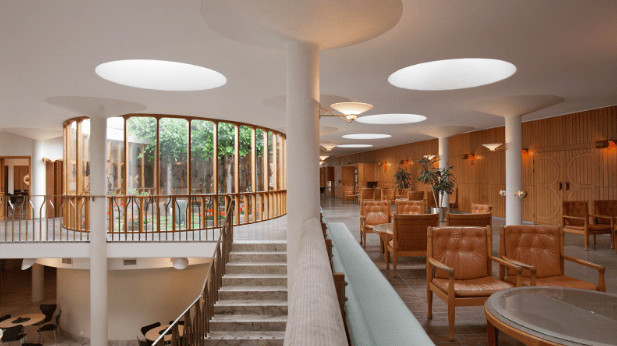
Engagement: Town Hall in Denmark
Engagement
Participation in the world is a fundamental principle of the Nordic Region. And this begins with nature. “Nature implies nearness and empathy; here one lives with and among things, as a participant in a web of phenomena.” (CNS)
There is a shared Nordic ethos of purposeful, intimate and ethical interaction between citizens. The forest, the web of life, represents this sense of community, continuity and connectedness. This social responsibility is evident in the humanism of Nordic Design.

Functionality: Stokke Tripp Trapp Kids Chair
Functionality
Functionality arises out of the tradition of custom and use and is related to domesticity. For the farmers and fishermen things need only be simple, basic, useful and essential. Nothing should be fancy but it should be well made so as to last a long time. Craftsmanship and the building tradition play an important role in the lives of the people and community.

Equity: Sverre Fehn’s Nordic Pavilion, Venice. Photographed by Åke E:son Lindman.
Equity
Social responsibility in the Nordics arises out of a different brand of individualism. Instead of “everyone for themselves” Nordic individualism says that everyone should be provide equal rights and freedoms, including women, children and immigrants. An old fable called “The Law of Jante,” whose moral is that no one is better than anyone else, still dictates social customs, workplace etiquette and public policy.
This is the basis for the Nordic Model of Social Democracy. It combines the free market and the welfare state, collective bargaining, free education and healthcare. It can be seen in examples like IKEA’s mission to democratize design by making it more affordable as well as in Sverre Fehn’s 1954 Nordic Pavilion that is open, inclusive and democratic.

Modernity: Snøhetta’s Opera Hall, Norway. Photographed by Andia.
Modernity
Modernity was embraced after WWII in both the social welfare model and design and the Nordics never looked back. They rejected the dogma of Fascism and the stylistic rules of the past, specifically Classicism. Their modern values and societal optimism were intentionally reflected in contemporary expressions of architecture and design.





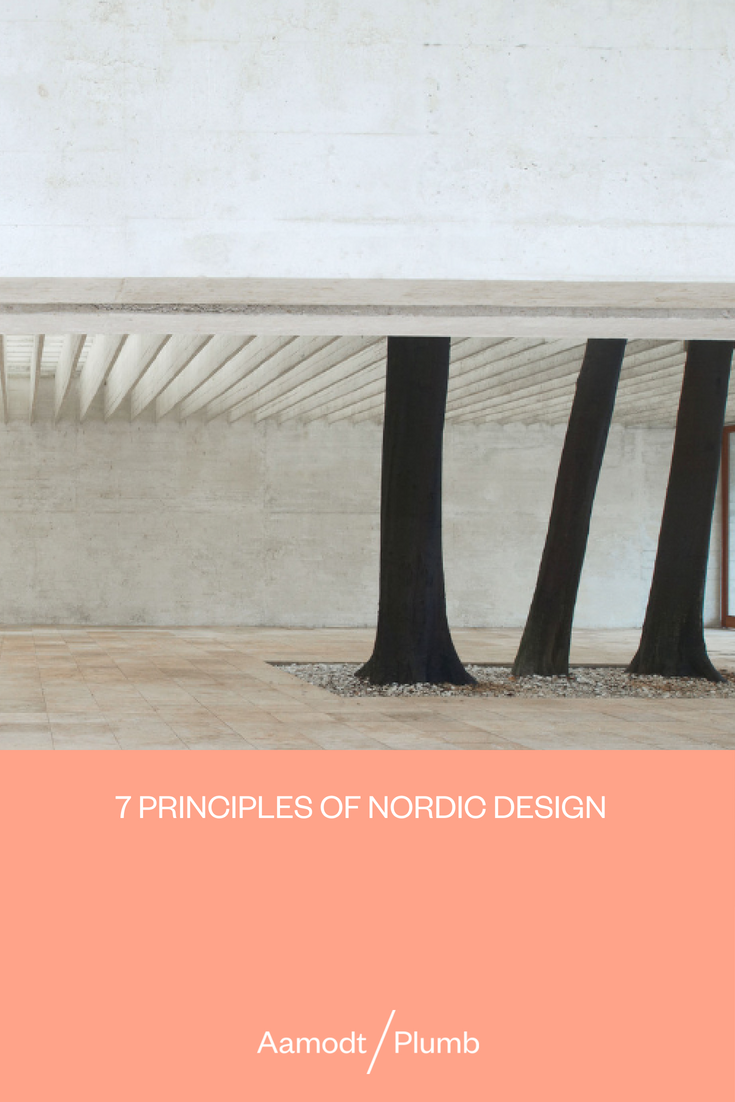
Alex Robert
Thanks for the detailed tips, the post clearly defines the pros and cons. A very helpful article.